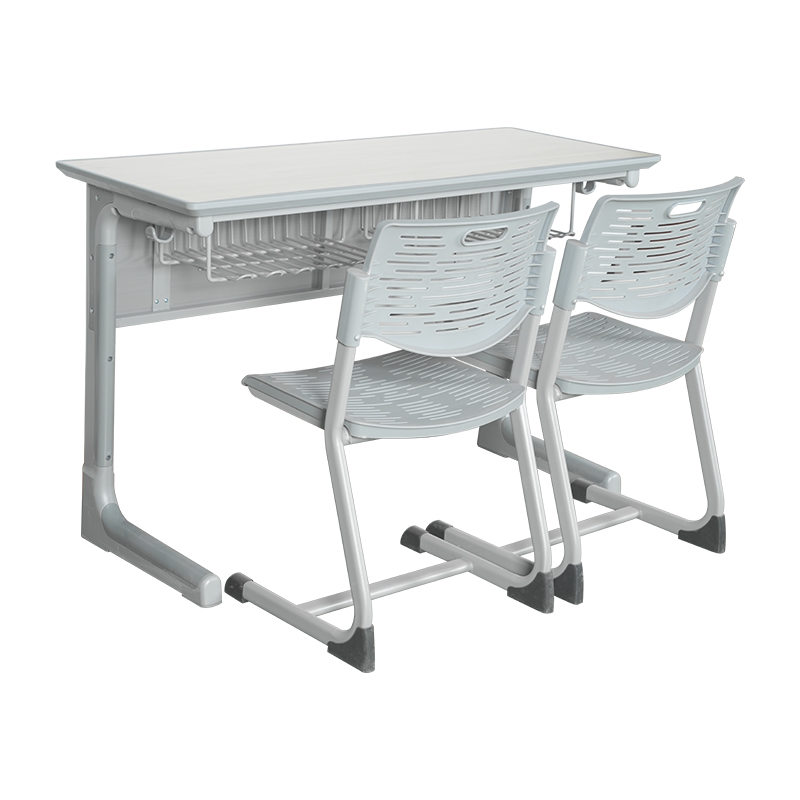The physical environment in which students learn plays a significant role in their academic performance and engagement. While curriculum and teaching methods receive substantial attention, the design and comfort of furniture are often overlooked. In particular, custom student desks and chairs have gained attention for their potential impact on learning outcomes.
Custom student desks and chairs refer to furniture tailored to meet the specific needs of students in different age groups, educational settings, or learning styles. Rather than relying on standardized dimensions and layouts, schools are increasingly exploring customized options that account for height, ergonomic design, flexibility, and even storage preferences.
One of the major advantages of custom student desks and chairs is ergonomic support. Poor posture can result from desks and chairs that are too high or too low, and over time, this discomfort may reduce concentration and participation. When student desks and chairs are customized to suit the physical dimensions of the users, students are more likely to maintain comfortable seating positions throughout lessons. This contributes to improved focus and reduces physical strain.

Another benefit lies in the adaptability of custom furniture. Some students may benefit from standing desks, while others might require additional space to accommodate devices or assistive tools. By offering options that meet individual needs, schools can create learning environments that are more inclusive and responsive. Custom student desks and chairs with adjustable features are especially helpful in classrooms with diverse student populations.
Learning environments also influence behavior. A well-designed space that includes appropriately sized and arranged student desks and chairs can encourage interaction, cooperation, and engagement. Custom furniture configurations can support group activities, independent work, or teacher-guided sessions. This flexibility allows educators to tailor the classroom layout to different teaching strategies, potentially enhancing student involvement and achievement.
Durability and material choice also factor into long-term usability. Custom student desks and chairs can be built with materials that match the environmental conditions and usage patterns of a specific school. For instance, furniture in a science lab may require chemical-resistant surfaces, while early education classrooms might benefit from rounded edges and colorful finishes. Such considerations help maintain a functional learning environment that supports different teaching activities.
Additionally, custom student desks and chairs often include thoughtful storage features. Built-in compartments or under-seat bins help students stay organized and reduce distractions. An organized workspace allows for quicker transitions between activities, helping to keep students on task and improving time management within the classroom.
It is also worth noting that when students have a say in their environment, they often take more responsibility for their behavior. Some schools involve students in selecting or testing custom desks and chairs. This process encourages a sense of ownership and pride in their surroundings, which may influence overall motivation and engagement.
While furniture alone does not determine academic success, the role of comfort, design, and usability should not be underestimated. When student desks and chairs are tailored to suit their users and learning environments, they can support better physical well-being, improved focus, and more effective classroom management.
Custom student desks and chairs offer several benefits that may contribute to better learning outcomes. Through ergonomic design, adaptability, and attention to user needs, customized furniture can help create a more supportive and engaging educational environment.


 English
English русский
русский Español
Español عربى
عربى
